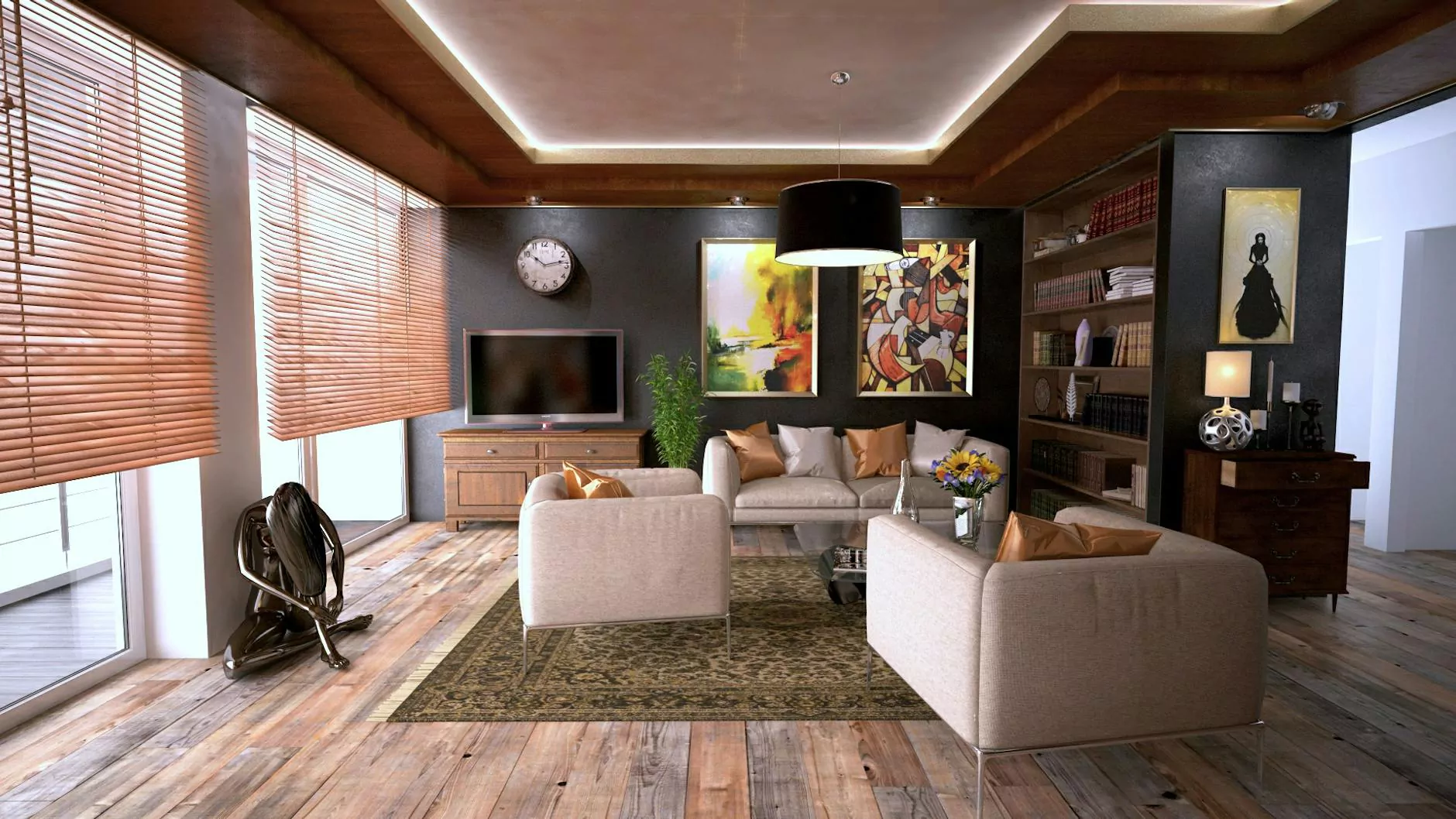Architectural Model Builders: Crafting the Future of Design

In the realm of architecture, the role of architectural model builders is both pivotal and transformative. These skilled artisans and technicians take abstract ideas and turn them into three-dimensional representations, providing a tangible glimpse into future designs. This article explores the intricate world of architectural model builders, shedding light on their importance, techniques, and the integral part they play in the architectural design process.
The Importance of Architectural Model Builders
Architectural models serve multiple essential purposes in the field of design. Here’s why architectural model builders are indispensable:
- Visual Communication: Models provide a clear and immediate understanding of a project, allowing architects to communicate their vision effectively to stakeholders.
- Design Validation: Physical models allow for the exploration of design concepts, helping architects validate their ideas early in the design process.
- Client Assurance: Clients are often more comfortable understanding a design through a physical representation, which builds trust and confidence in the architect's vision.
- Tactile Interaction: A model invites interaction, allowing clients and designers to engage with the design on a personal level, aiding in feedback and discussion.
The Craft of Architectural Model Building
To become a proficient architectural model builder, one must possess a unique blend of skills, which includes the following:
Technical Skills and Software Proficiency
Today’s architectural model builders utilize an array of advanced software tools such as CAD (Computer-Aided Design) programs. Mastery of programs like SketchUp, Rhino, or AutoCAD is crucial in accurately translating architectural plans into models. Additionally, knowledge of 3D rendering software enhances visual presentations, making models more realistic and appealing.
Material Knowledge
Understanding various materials is vital for model builders. Common materials used in model making include:
- Balsa Wood: Lightweight and easy to cut, ideal for intricate designs.
- Cardboard: Economical and easily accessible, perfect for basic models.
- Acrylic: Provides a sleek and modern finish, often used for showcasing design features.
- Foam Board: Lightweight and offers excellent insulation, useful for larger models.
Attention to Detail
The artistry of architectural model builders lies in their meticulous attention to detail. They strive to replicate design elements accurately, from intricate moldings and structural details to landscaping features. This precision not only enhances the aesthetic appeal of the model but also serves to accurately depict the architect’s intention.
Types of Architectural Models
Architectural models can be categorized into several types, each serving unique purposes:
Aesthetic Models
These models prioritize visual impact over functionality, often utilized for presentations and showcases to impress clients or stakeholders. Aesthetic models may incorporate a variety of materials, colors, and lighting to enhance their visual appeal.
Presentation Models
Used during client meetings, presentation models offer a realistic portrayal of the concept. They include details relevant to the project's environment, effectively conveying the architect's vision.
Working Models
These models are fully functional and allow for testing aspects of the design, such as light flow, structural integrity, and spatial relationship. They provide critical insights before construction begins.
Site Models
Site models present the building in its geographic context, showcasing how the structure interacts with its surroundings, including topography, vegetation, and neighboring buildings.
Process of Architectural Model Building
Concept Development
The first step in model building begins with a thorough understanding of the architect's vision. This phase involves sketching initial concepts and selecting the appropriate model type.
Material Selection
Choosing the right materials is crucial to the model’s success. Considerations include the model's purpose, budget, and the specific details required to communicate the design effectively.
Construction Techniques
Different construction techniques can be employed depending on the model type:
- Cutting and Shaping: Precise cutting tools are used to shape the chosen materials, ensuring accuracy and ease of assembly.
- Assembly: Once cut, pieces are carefully assembled using adhesives, fasteners, or even interlocking designs.
- Finishing Touches: Attention to detail is applied here, with painting, texturing, and landscaping elements added to create a lifelike appearance.
Trends in Architectural Model Building
The field of architectural model building is continuously evolving. Here are some prominent trends shaping the industry:
Sustainability in Model Making
As the architecture industry shifts towards sustainable practices, architectural model builders are also adopting eco-friendly materials and techniques. Recycled materials and sustainable sourcing are becoming increasingly common.
Digital and 3D Printing Technology
The integration of digital technology has revolutionized the way models are produced. With advancements in 3D printing, builders can create highly detailed and complex designs that were previously unimaginable. This technology not only enhances precision but also reduces production time significantly.
Integration of Virtual Reality
Virtual reality (VR) is emerging as a powerful tool in architectural modeling. By creating immersive experiences, VR allows clients to explore and interact with models in a completely new dimension, facilitating better understanding and engagement.
Challenges Faced by Architectural Model Builders
While the art of building architectural models is rewarding, it does come with its set of challenges:
Time Constraints
Projects often operate under tight deadlines, forcing model builders to balance speed with precision. This requires careful planning and effective time management.
Client Expectations
Managing client expectations can be a daunting task. Clients may have differing levels of understanding about the model's purpose, which can lead to miscommunication during the design process.
Material Limitations
Each material has its own limitations, which might require builders to find creative solutions to achieve the desired results. Understanding material behavior, particularly in complex assemblies, is crucial for success.
Future of Architectural Model Building
The future of architectural model builders looks promising, with ongoing technological advancements paving the way for creative possibilities.
- Increased Automation: With automation in design and construction processes, model builders may face both challenges and opportunities that could redefine the profession.
- Enhanced Collaboration: The integration of cloud-based platforms will facilitate better collaboration among architects, builders, and clients, leading to streamlined project flows.
- Expanded Use of Augmented Reality: Augmented reality (AR) could become a vital tool, allowing clients to visualize their projects directly in physical spaces, bridging the gap between imagination and reality.
Conclusion
In summary, architectural model builders play an indispensable role in the architectural process, transforming ideas into concrete representations that aid in communication, design validation, and client engagement. As technological advancements continue to reshape the industry, the art of model building will evolve, offering even more sophisticated and interactive ways to bring architectural visions to life. Investing in the talents of skilled architectural model builders not only enhances the design process but also ensures that the future of architecture is built on a solid foundation of innovation and creativity.









